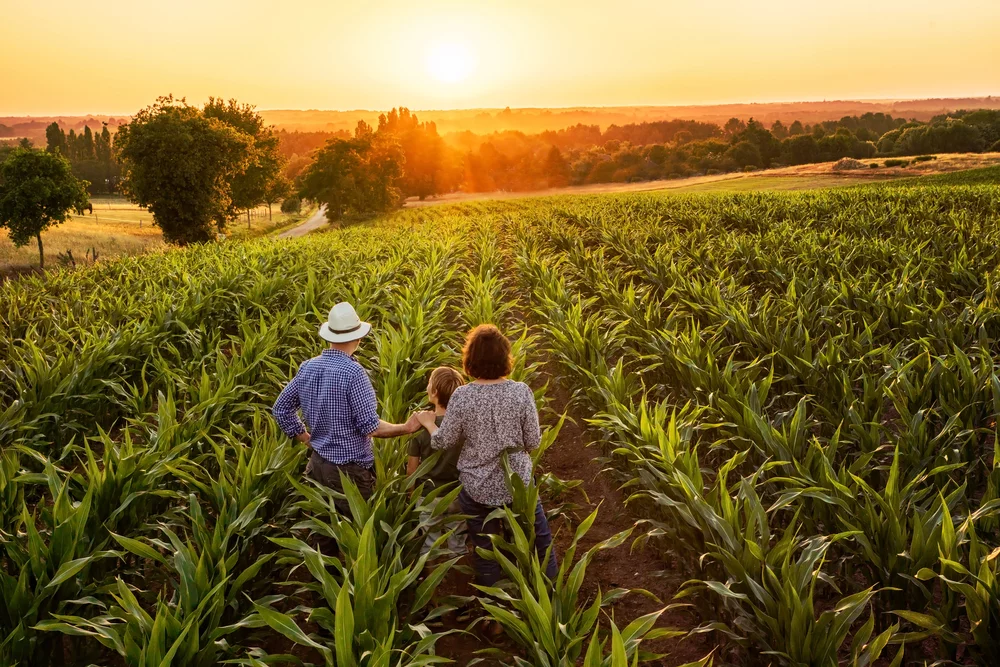Managing succession planning for farming and agricultural services

A succession plan to support your farming and agricultural services provides you and your family or successor with a clear route to continue running the farm, transferring assets or selling the ownership to another family member. Beginning the process of a farming succession plan may not always be easy, however, it is necessary to preserve your future.
How do you start your farming succession planning?
The conversation around succession planning may not always be an easy one to have, therefore bringing in an independent facilitator can remove a degree of emotion from the conversation. The benefits of bringing in an expert planning consultant include the ability to recognise opportunities or areas missed in previous plans. Through doing this, you will be better prepared to effectively protect your assets.
What is included in farming succession planning?
A farming succession plan must ensure that all assets are transferred to the right person, with this being one of the primary considerations for agricultural service providers and farmers. Phase one of every farming succession plan must include;
- Consideration of ownership of the farm and land
- The occupational basis of buildings, houses, and land
- Family to be included in the succession plan and to what degree
- Long-term directional planning of the farm
- How each family member will be integrated into the plan including roles and responsibilities
How does tax affect your farming succession planning?
When discussing farming succession planning, you must be aware of the various taxes that will affect you and your family. The two key taxes that should be considered are inheritance tax and capital gains tax. Inheritance tax can be decreased or eliminated through agricultural property relief and business property relief. However, farmers should be aware of the potential traps when it comes to inheritance tax, with diversified farms. Capital gains tax often kicks in with the ‘giving-away’ of assets, however, the process can be deferred by claiming holdover relief, allowing the new owner to take over from the previous.
How do you determine that your farm is left to the right people?
Make sure that your land and farm fall into the right hands, by ensuring that you have valid wills and legal documents in place, this may also include a partnership or shareholder agreement. You should also consider prenuptial agreements to protect the family, should one of your children divorce their partner in future. Beyond legal documents, it is also important to provide the younger generation with a mentorship programme. This will ensure that you are able to pass on skills and experience gained from years of work. If this is started early enough it will allow a gradual transition from the older generation being in charge to the new taking over. This can also be facilitated by bringing in outside advisors to suggest ways for the farm to grow and develop in the future and integrating new technology to improve processes, where possible.





